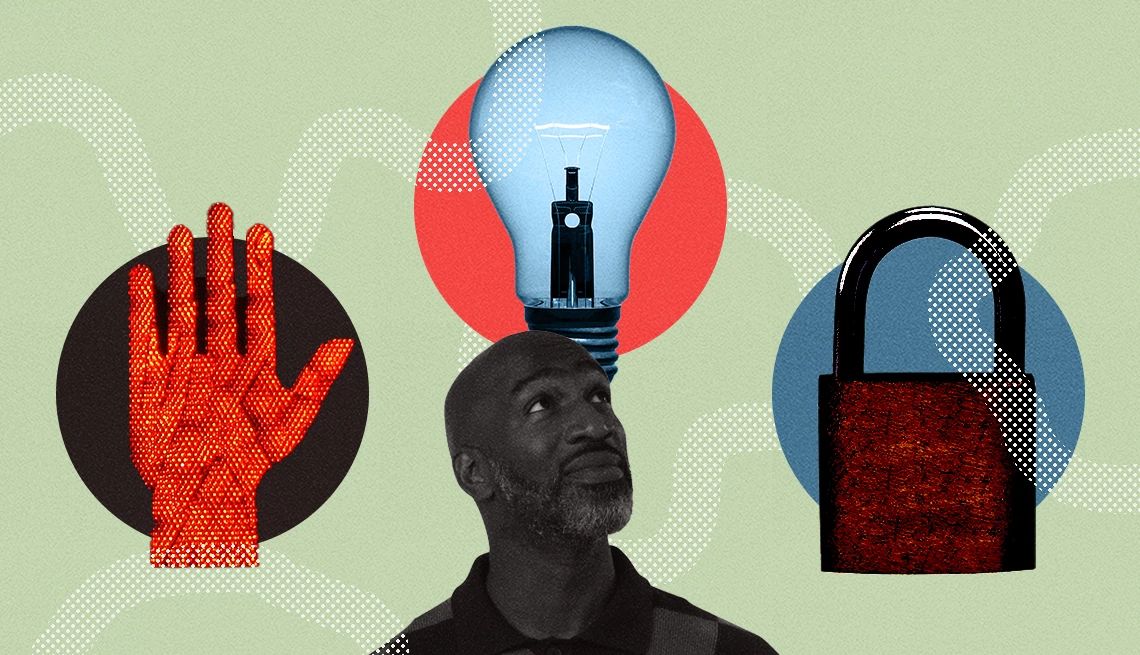AARP Hearing Center

Keep these simple steps in mind — and share them with family and friends — to fight back against today’s sophisticated fraud criminals
Have you heard of the tech support scam? What about the toll road scam? The grandparent scam? Do you know what the red flags are for each of these scams? Keeping up with all of the latest scams and the thousands of red flags associated with them is exhausting. But there are a few general warning signs that apply to a wide range of scams.
In 2024, AARP’s Fraud Watch Network embarked on a project to produce a near-universal message to help consumers recognize and avoid fraud attempts. We collaborated with dozens of people worldwide, including educators, fraud specialists, law enforcement, fraud victims, relevant federal agencies and even a linguist to arrive at a singular message that would resonate widely: Pause. Reflect. Protect.
The Trigger
First, we need to define a “trigger” to signal when fraud comes knocking. Think of learning in grade school to “stop, drop and roll” in the event of a fire. It’s the same idea, but fire is a mighty strong trigger. We’ve defined three elements common to most scams. Once we understand them as a “trigger” for the desired response, we can educate about that desired response. We call it the “Active Pause.”
The Active Pause
This is no ordinary pause. Rather, it is an intentional act to step back and reflect on what you might know about the situation confronting you. For example, is your grandson calling you late at night (1. unexpected contact), saying he’s in jail across the country and needs your help (2. surge of emotion: I must help him!)? Does he say he needs you to send money right away (3. urgency)? These are the three triggers to elicit an “Active Pause.”
In this scenario, you might consider whether it makes sense that your grandson is calling you and not his parents, or that he’s in jail 2,000 miles away when you just had dinner with him yesterday. This intentional step back allows your brain to move out of emotion and engage with logic. You use the active pause to end communication and call your grandson directly. He was at home and asleep. You protect yourself and your money from a fraud attempt.
The Active Pause is taught across high-pressure fields like aviation, emergency medicine, and military operations. Now we can apply it to the high-pressure situation of a fraud attempt.
The Safe Response: Pause. Reflect. Protect.
Taking the pause when triggered can help us regain control of the situation. It gives us time to reflect on what we may know about the scenario and to determine if it makes sense. When it doesn’t make sense, you protect yourself by ending communication.
All the red flags are important to understand, but when narrowed to just three, we think it can stop many scams in their tracks. Know the triggers, know the safe response: Pause. Reflect. Protect.
To learn more, visit aarp.org/FraudWatchNetwork.































































